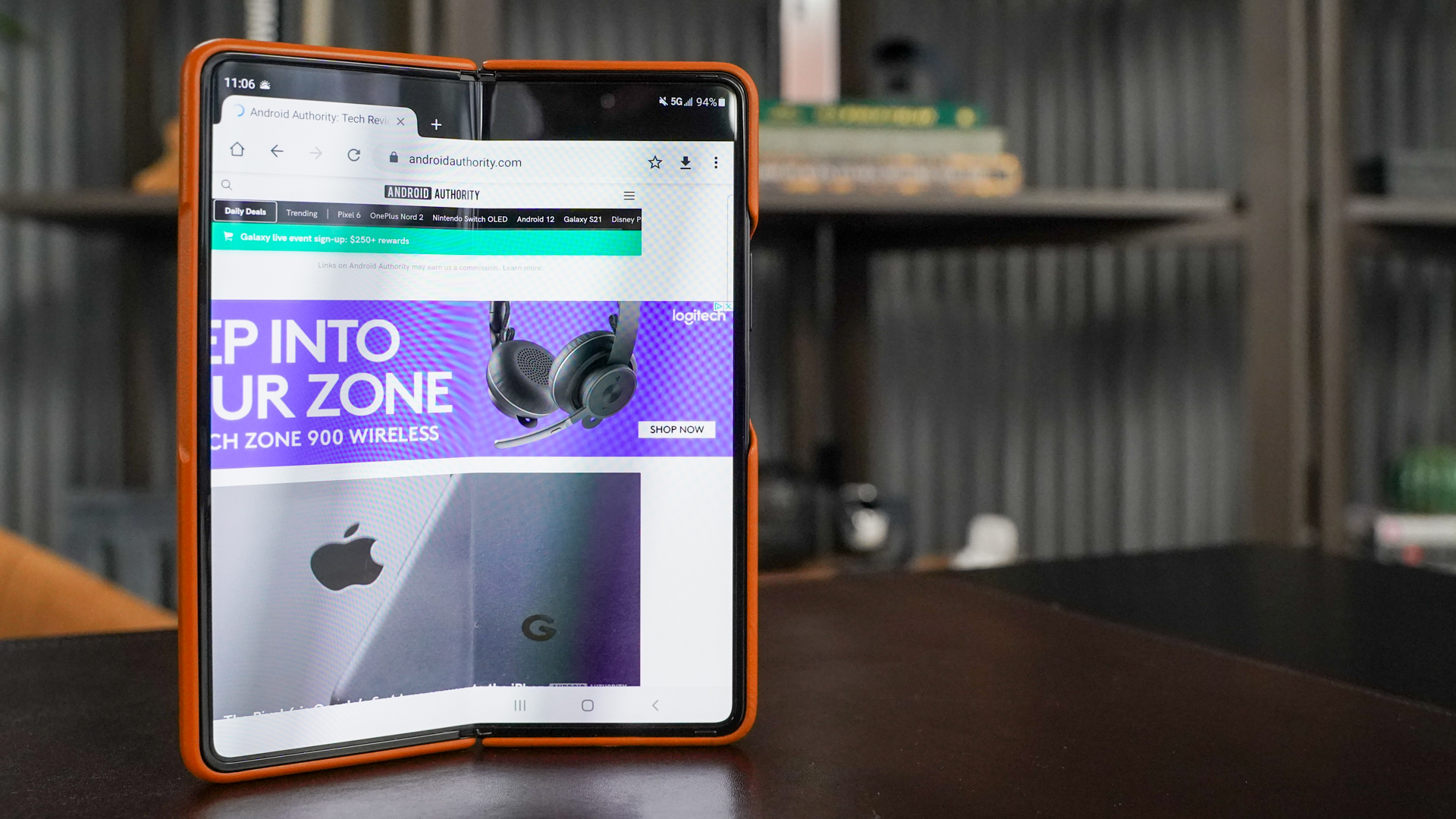
Samsung has dragged Wear OS into the modern era, now Google needs to catch up and improve Android’s foldable support too.
Samsung’s innovative streak is fighting an uphill battle with Android

Samsung Unpacked 2021 was a delicious hodgepodge of cutting-edge devices, from the Samsung Galaxy Z Fold 3 to the Galaxy Watch 4. The importance of software to drive product differentiation and support important new user experiences that Samsung was so keen to bring to our attention.
Marketing nonsense aside, Samsung has obviously put a lot of work into software development to bring its latest products to market. Tizen internal operating system for Wear OS 3, which he co-developed in cooperation with Google. as easy as moving applications between screens.
What struck me the most about Unpacked is that Samsung is practically alone in an uphill battle with Android to bring these innovative products to life.
Bring Wear OS to the Modern Age
It’s not controversial to say that Wear OS has been going through some pretty tough times under the leadership of Google. Even after years of development, the user experience remained immature, uncooked and no key features were found. in the biggest rival in the ecosystem: the Apple Watch. Low battery life, dodgy user interface, and the lack of flagship products and updates also didn’t help in selling to consumers in the ecosystem. Android Authority named the previous generation Galaxy Watch 3 the best smartwatch for Android users, despite the lack of third-party support in the Wear OS and Apple Watch ecosystems.
Wear OS 3 is designed to address long term platform issues. anything you want. We reserve our judgment until we’ve spent more time with the Galaxy Watch 4, not to mention the platform’s long-term success depends on Google sticking together for future improvements and updates. You’re wondering why it took Google seven years to allow its partners to customize the look of Wear OS and fix long-standing issues like battery life and app performance. He had never been involved before. We thank Samsung for innovation in wearables without the developer community connected to Google’s app ecosystem. But this journey would have been a lot easier if Google had invested heavily in the development of Wear OS years ago.
Android Needs Exciting New Devices
It’s hard not to draw parallels between the evolution of Samsung’s smartwatches and that of its foldable smartphones. Samsung’s Flip and Fold products are innovative ahead of the general Android market and will integrate additional software as soon as Plus. With software like MultiView, Seamless Immersive View, and Multitasking, users can take full advantage of the Z Fold 3’s additional screen. , Samsung is limited by what it can offer with its own apps and those that third-party vendors explicitly support for these devices.
Of course, Android 10 introduced support for resizable app windows, hinge skins, and improved multi-windows for three or more apps specifically tailored for these new products. Google has certainly made Android friendlier for devices with weird screen layouts and even improved its own apps like YouTube and Google Duo to use multiple displays. But here, too, Samsung is driving the development of Android.
Under the leadership of Google, there have been no significant developments in the mobile operating system since then. Android 12 is primarily about changing the UI design, tightening notifications, and adding new privacy features.
This is not entirely surprising, however. Google has long been content to give its partners the pioneering role and to bring successful functions to Android at a later point in time. But waiting is a riskier strategy in a revolutionary and potentially explosive product segment.
Join The Discussion: